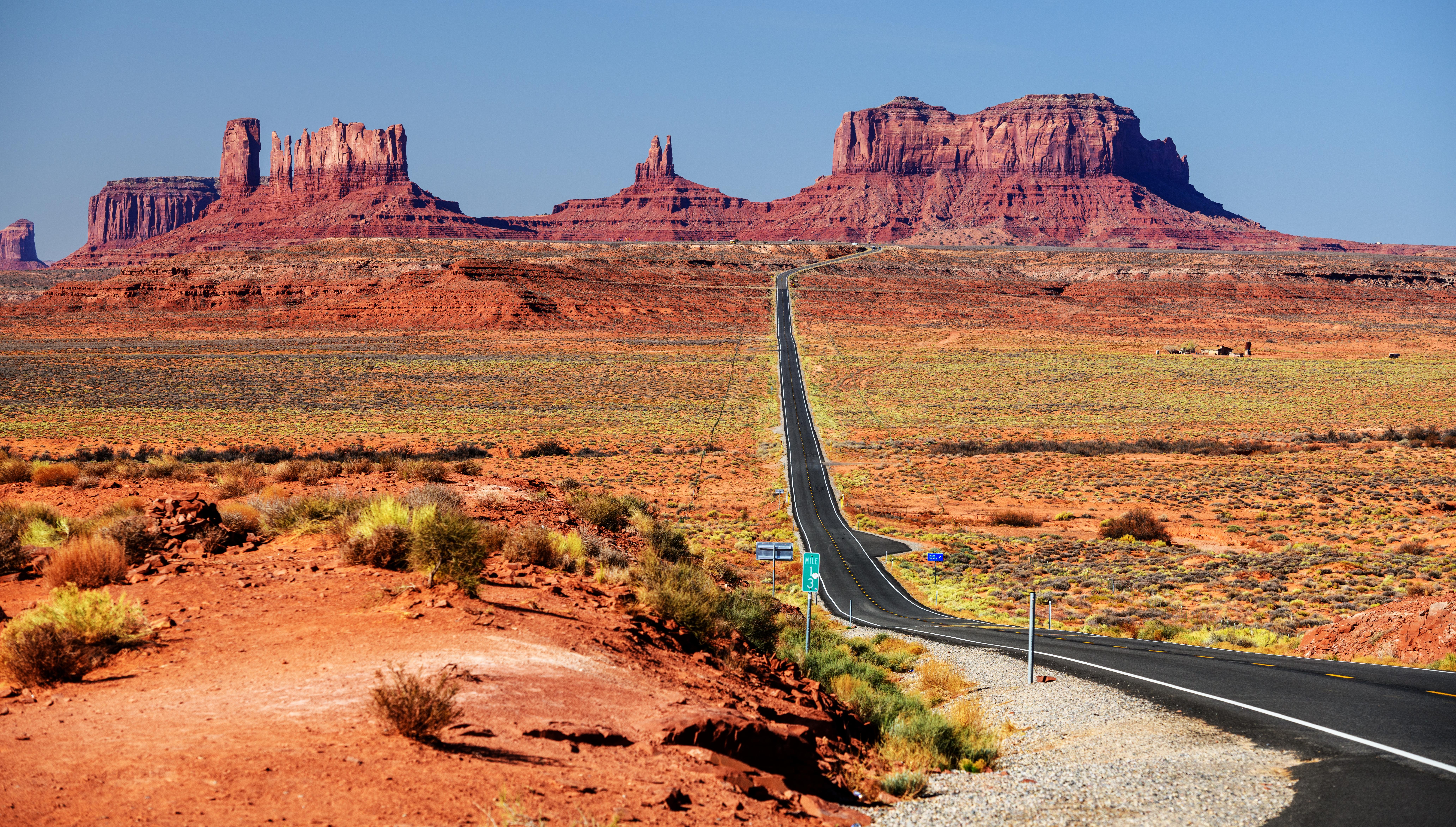What's Happening?
A study conducted by researchers at Loyola University Chicago has highlighted the role of muskrats in restoring biodiversity in the Great Lakes wetlands. Muskrats, which are semi-aquatic rodents, have been found to significantly alter vegetation by cutting
invasive cattails underwater. This action disrupts the cattails' ability to transfer oxygen to their roots, thereby reducing their dominance. The study, conducted in collaboration with the Sault Ste. Marie Tribe of Chippewa Indians and the University of Connecticut, found that muskrats reduced invasive hybrid cattails by 71% in certain areas. This reduction allows for a more diverse plant community, which supports a variety of native wildlife. The research suggests that mimicking muskrat behavior could be a viable strategy for managing invasive species in wetlands where muskrats are not present.
Why It's Important?
The findings of this study are significant for ecological restoration efforts in the Great Lakes region, where wetlands have been severely degraded by invasive species and human activities. By reducing the cover of invasive cattails, muskrats help create habitats that support a diverse range of species, including fish, invertebrates, birds, and amphibians. This biodiversity is crucial for maintaining healthy ecosystems. The study also highlights the potential for using muskrat-inspired management techniques in areas where muskrats are absent, offering a new tool for conservationists. This approach could help restore wetlands that have lost federal protections, as seen in the recent U.S. Supreme Court decision affecting wetland conservation.
What's Next?
Researchers are considering the potential for relocating muskrats to areas where they can aid in ecosystem restoration, similar to efforts with beavers. Additionally, further research is needed to evaluate the broader ecological impacts of removing invasive cattails, whether by muskrats or human intervention. This could lead to more widespread adoption of muskrat-inspired management practices in wetland conservation efforts.
Beyond the Headlines
The study underscores the cultural significance of muskrats to the Great Lakes Ojibwe Nations, where they are featured in creation stories. This cultural connection may enhance community support for conservation efforts. The research also challenges the perception of invasive species like cattails, which have become so common that their presence is often overlooked as a sign of ecological degradation.
















